Hollywood. It’s always been a union town, baby. Evidence of this can be traced all the way back to February of 1936. During that month, the American Federation of Labor was furious that multiple film studios were using military personnel in the background of their war films, instead of hiring unemployed extras.
At the time, Hollywood studios didn’t have to pay any military personnel for being in their films. This resulted in a tonne of war films being produced and a tonne of professional actors being unemployed.
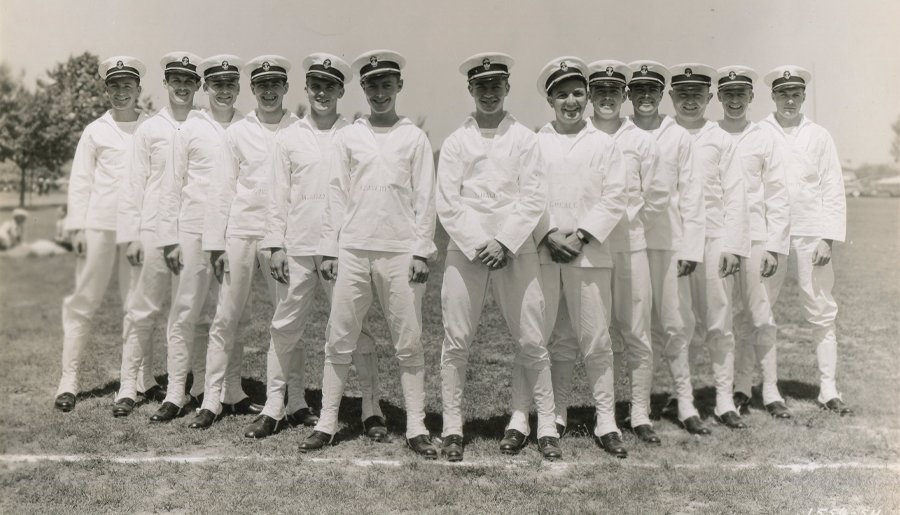
So, in February of 1936, 5,000,000 members of the American Federation of Labor went on protest. And did this battle transform Hollywood’s hiring practices? Nope. American military personnel still don’t get paid for being in the background of our films. They can only receive food and travel per deims.
Yet, while this Hollywood protest wasn’t a slam dunk, it became the first chapter of an important novel. Since 1936, Hollywood’s workforce has gone on strike so many times, and all in the name of scoring better conditions. From animators striking in 1941, to actors in 1952, directors in 1987, and scriptwriters in 2007. In the past 100 years, Hollywood has been impacted by over 20 ground-shaking protests.
Which brings us to 2023. Since May of this year, the Writers Guild of America, the Screen Actors Guild, and the American Federation of Television and Radio Artists have all gone on strike. All of these organisations want better working environments and more equitable compensation for their efforts.
Hollywood. It’s always been a union town. Yet, despite this being the case, Hollywood isn’t a town that makes films about unions. This subject matter is basically never discussed.
Sure, there are some exceptions to this rule. In 1936, Charlie Chaplin’s Modern Times featured a group of factory workers going on strike. Meanwhile, both 2000’s Billy Elliot and 2014’s Pride discuss the British mining strike of the 1980s in great detail.
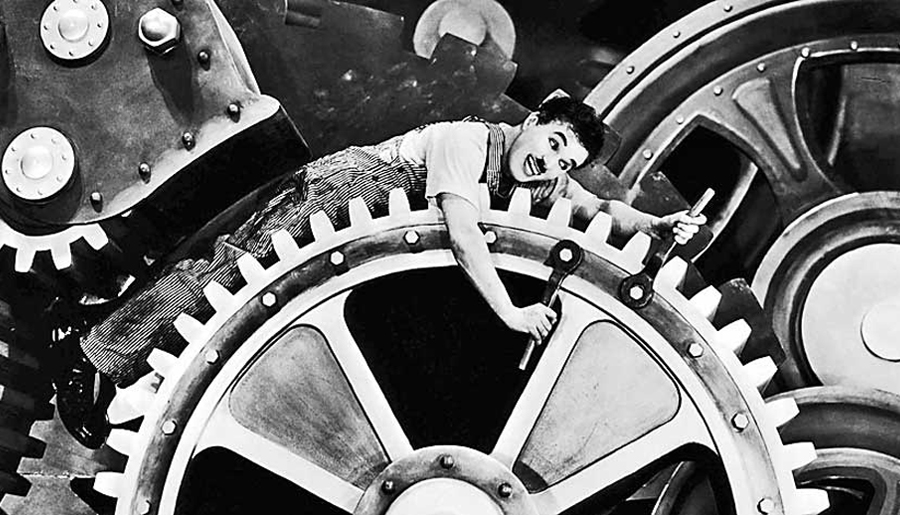
However, such films are few and far between. What’s more, Hollywood produces films about its own unions even less frequently.
Which is bizarre, right? You’d think that an industry that’s powered by unions would produce artworks about these organisations.
So, with all of this in mind, where are all the great union films? Why isn’t Hollywood making them in droves?
Now, the answer to this query is more nuanced than you might assume. So, let’s dive straight into the deets, and hold on.
Part One: Directing the Directors
To frame it politely, the Hollywood studio system has always had a contentious relationship with its unions. This was the case during the 1941 animation strike, and it’s still the case today.
For instance, during the 1941 animation strike, Walt Disney’s employees were fighting for more equitable pay. This strike agitated Disney himself, and he took his feelings to the press.
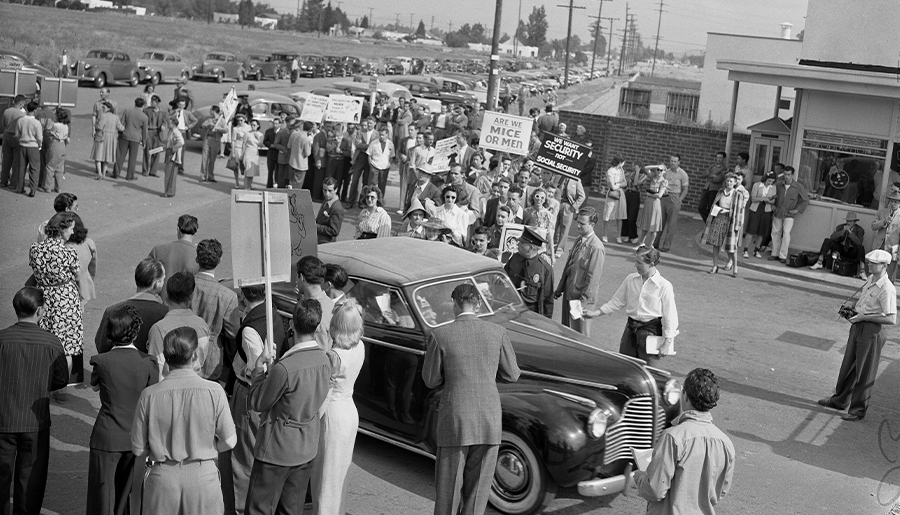
“I am convinced that this entire mess was communistically inspired and led,” stated Disney.
“To me, the entire situation is a catastrophe. The spirit that played such an important part in the building of the cartoon medium has been destroyed.”
Meanwhile, modern Disney also has a complicated relationship with Hollywood’s unions. This fact becomes evident when analysing some of the comments that Disney’s CEO, Bob Iger, has made about the 2023 writers and actors strike.
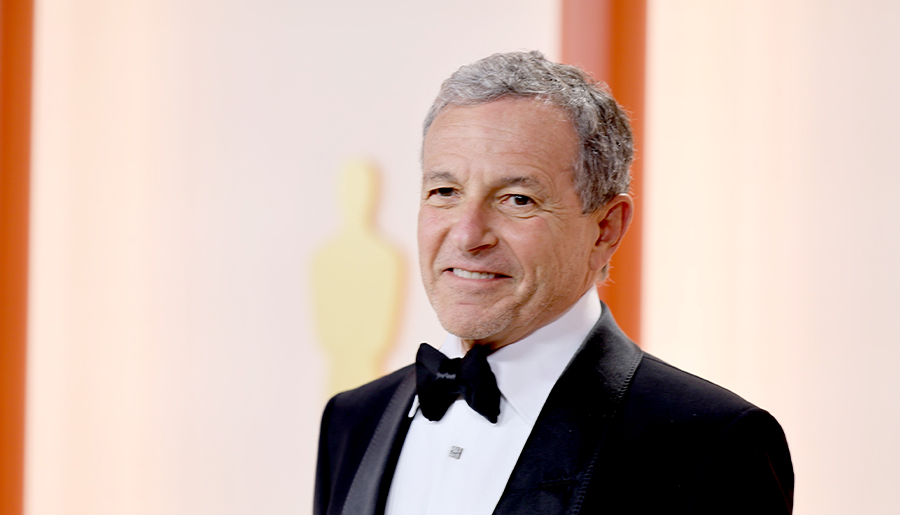
When discussing this event, Iger said, “It will have a very, very damaging effect on the whole business, and unfortunately, there’s huge collateral damage in the industry to people who are in supportive services, and I could go on and on. It will affect the economy of different regions, even, because of the sheer size of the business.”
“It’s a shame, it is really a shame.”
Now, if you were a Hollywood studio that has a history of fighting industrial actions, would you allow your union artists to make pro-workforce films? Would you give them cameras, equipment, and funding to promote their political ideas? Or would you primarily fund films that feature the hero’s journey?
As it stands, the Hollywood studio system isn’t interested in heeding the unions’ requests. Whether in real life or in the films it produces.
Part Two: The Hero With a Thousand Faces
Now, it’s worth noting that even if Hollywood union artists could make union films, they still might not do so. In 2023, a tonne of independent films, books, and artworks are being produced, and there’s still a dearth of union stories. The Hollywood studio system isn’t a lonely gatekeeper.
But why is this the case? Well, it might be thanks to our media traditionally championing individual experiences over collective action.
Which brings us back to the hero’s journey, a term that was sneakily dropped a tad earlier.
The hero’s journey is a narrative template that involves a hero going on an adventure, defeating their enemies, and returning home transformed. They typically pedestal exceptional individuals over exceptional communities.
This narrative structure can be the 8th century’s Odyssey, the 10th century’s Beowulf, 1999’s The Matrix, and 2009’s Avatar. The hero’s journey is everywhere. It’s a foundational block of our culture.
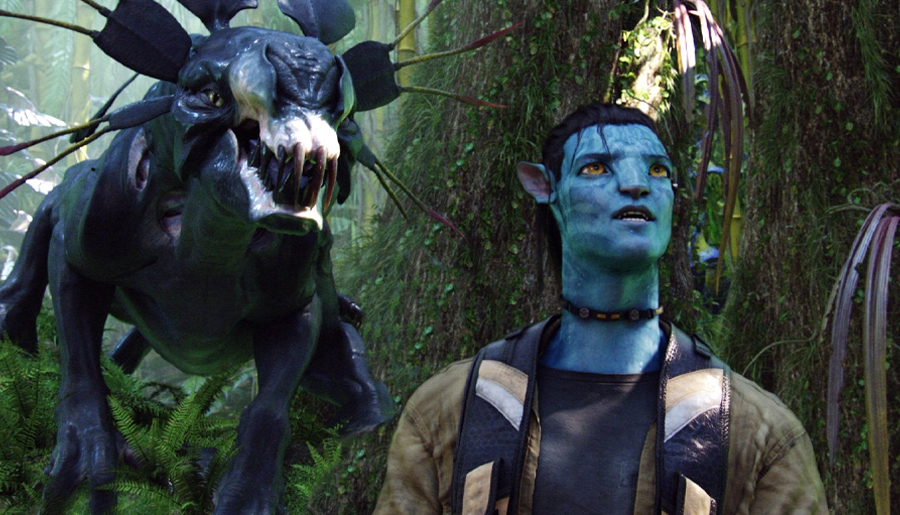
Such stories are appealing because, while they’re sometimes true, they are also immediate and satisfying. Understanding how your human life merges, shifts, and influences the human lives of others can be challenging. You can study sociology for years and still be left with a heap of questions. Meanwhile, a hero’s journey can be demolished in less than two hours.
What would the general public rather? A thick essay about how the Ancient Greeks organised their soldiers in battle? Or a story about the Odyssey’s Odysseus killing a bunch of dudes?
So, now that we have this context, let’s circle back to the subject of union films. ‘Cause while creating any film is a challenge, union stories are more complex than your standard hero’s journey. Trying to make strikes feel engaging can be tricky. Trying to make collective bargaining arrangements feel engaging can be near impossible.
For better and worse, the templates we use exist for a reason.
However, despite the fact that making a great union film would be challenging, it’s a challenge that more artists should climb. As it stands, most of us aren’t mythic beings like Odysseus. Most of us exist in communities and are powerless when standing alone. Thanks to our humanity, we can create exceptional collectives.
So, where are all the great union films? Let’s hope they get made someday soon.
Related: What Is the Writers Strike? 2007 and 2023 Explained
Related: The 75th Emmys Have Been Pushed Back Into the Ether — Here’s Why
Read more stories from The Latch and subscribe to our email newsletter.







